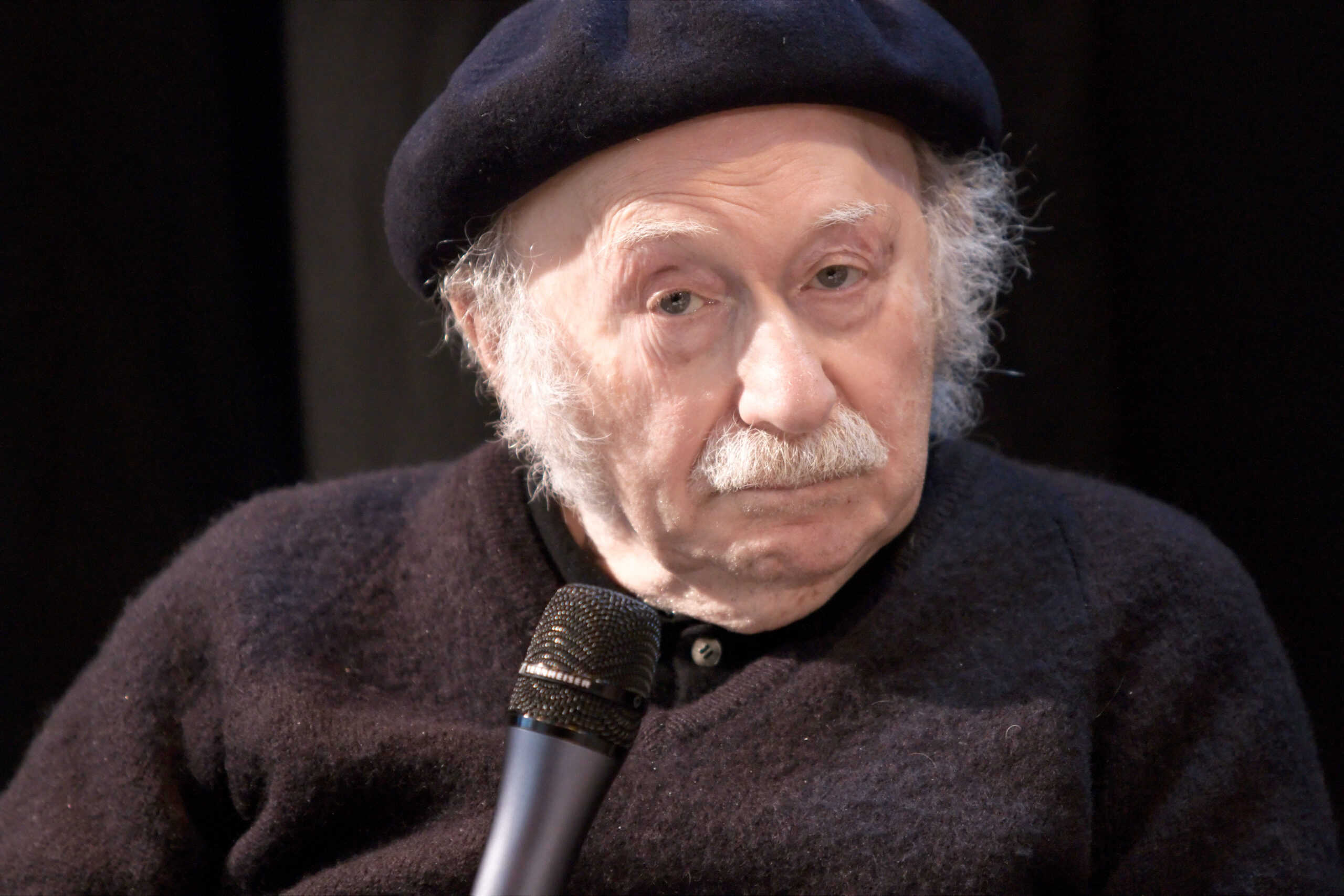Edgar Hilsenrath, a German Jewish writer and Holocaust survivor, celebrated for his trenchant and provocative style, was the author of an acclaimed novel on the Armenian Genocide, The Story of the Last Thought.
He was born on April 2, 1926, in Leipzig, and raised in Halle. During the Nazi persecutions, in 1938 his father fled to France before Kristallnacht and his mother escaped to Siret (Bukovina, in Romania), where her parents lived, with her two children. In 1941 he and his mother were deported to the Mogilev-Podolsk ghetto in Ukraine after Romanian troops allied to the Germans took control of that region. The leader of the deported group knew the commander in charge of the ghetto who allowed the 40 Jews from Siret to live in an abandoned schoolhouse and give them papers to keep them from further deportation.
After the Russian Red Army liberated the ghetto in 1944, Hilsenrath used forged documents to board a refugee train to Palestine to avoid being drafted into the Russian army. He worked in a kibbutz for the next three years, until he was reunited with his family in France (1947).
He began to write about his experiences of the Holocaust while living in Paris. In 1951 he moved to New York, where he worked as a waiter and a porter while publishing his first novels. His first novel, Night (1964), described life and survival in a Jewish ghetto in Romania, focusing almost entirely on the suffering and agony of the victims of the Holocaust, but refusing to paint a saintly portrait of them. Asked why he had chosen to depict a member of the ghetto’s lowest social class, instead of portraying a more autobiographical version, Hilsenrath told the German weekly Der Spiegel in 2005 it may have been “because I had a guilty conscience.” He added, “I felt guilty because I survived.”
In 1971 he published his most celebrated work, The Nazi and the Barber, a darkly comic story of a German SS officer who killed his Jewish childhood best friend, fled to Israel under this new identity, and becomes a hairdresser, describing the atrocities he has committed. The original German was published in 1977 after 60 publishers had rejected it.
As The Washington Post wrote in his obituary, he became a best-selling writer who “chronicled the degradations of the ghettos in one novel and dared to turn genocide into satire in another, selling millions of copies and defying critics who said he was too funny.”
He became an American citizen, but returned to Germany in 1975, where he lived in the city of Wittlich until his death on December 30, 2018. He continued writing works on the Holocaust, some of which have not been translated into English.
In 1989 he published The Story of the Last Thought, a tragi-comic novel about the Armenian genocide, which was translated into English and published in London in 1990. The Story of the Last Thought, for which the author researched for two decades, is the history of a village that is destroyed by the Turks. The main character is the Armenian Wartan Khatisian, whose son Thovma is dying. His last thought—the last thought of a man, the fairy tale says, is beyond time—is to be told the history of his ancestors. The storyteller guides the last thought of Thovma along the life paths of his father, leading from a small idyllic mountain village into the torture chambers of the Turkish rulers, and let him become a witness of the genocide, touching upon the plight of all genocide victims. The novel was celebrated upon its publication as a historical and poetic work. Hilsenrath received the state award in Literature of Armenia for the novel (2006), an honorary doctorate from Yerevan State University, and an honorary membership in the Writers Union of Armenia.

